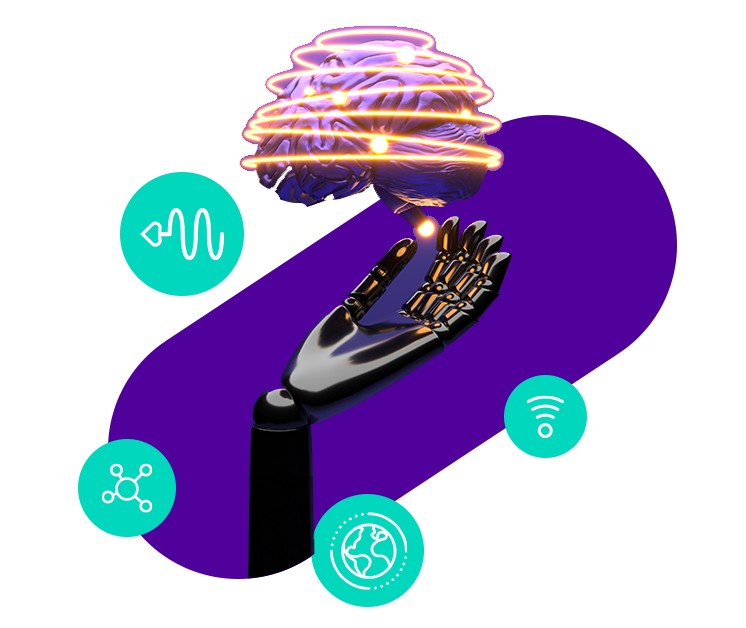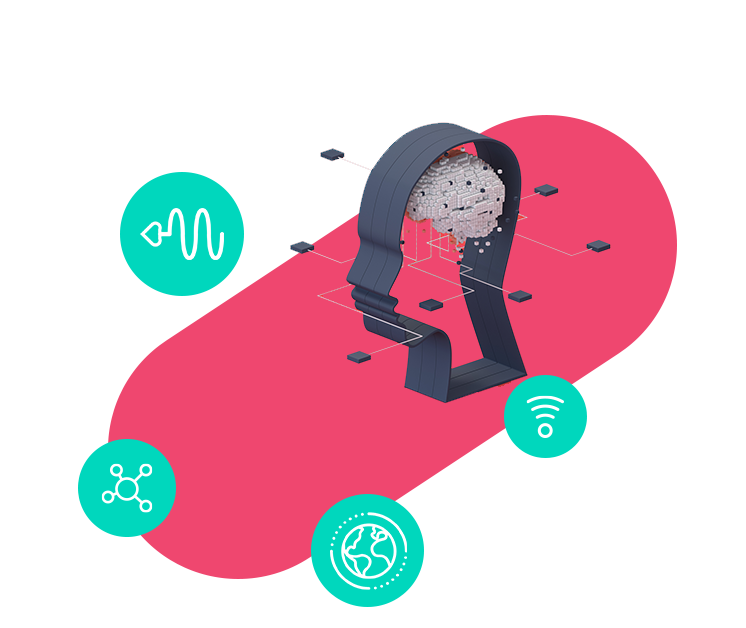Organisational style? – time to change
Four decades ago, before many IT professionals were born, economic growth and job creation was dominated by small enterprises. Classic studies showed that once a new venture had grown to fifty or sixty employees growth slowed down. For enterprises above 300 employees jobs growth was negative as they searched for efficiencies, lower overhead costs and improved margins.
New jobs are still overwhelmingly generated by innovative small ventures with large businesses now mostly growing by acquisition – and what they are most interested in acquiring is the customer-base and their revenues.
Many reasons are given for that small venture peak at around fifty people. Maybe the energy of the founder is exhausted or the cost of further expansion is out of reach, but the more dominant reason is the burden of re-designing the organisation. Beyond sixty people specialisms arise, departments are more sharply defined and, before long enterprise leaders are worrying about silos – businesses within businesses that drift out of alignment with the company mission.
The entrepreneur Richard Branson has stated that a company should not have more than 150 people working together – so that everyone knows each other and knows their Christian names.
Our recent survey of just over 300 IT professionals highlighted the challenges. Respondents, time and again, reported their pride in contributing to the company-wide ‘moments that matter’ – great achievements that impacted on company direction. At the same time, however, they rated their biggest successes in terms of great events that impacted on their IT organisations and their personal careers. The successes of their own tribes trumped those of the wider enterprise.
Many great leaders have tried to devise ways of encouraging cross-border collaboration – and technology has certainly helped. The combination of smarter communications networks and easier data sharing has certainly broken down some barriers and shortened delivery times. Some leaders like Jack Welch at GE devised ‘work out’ teams to lubricate the organisation – or at least ‘knock heads together’.
In our study IT professionals reported that with increasing demands for customer-facing tasks (portals and other transaction platforms) they have seen the benefit of embedding IT expertise with employees on the front line – at call centres and in first-line support – to better understand where customers experience can be improved and where systems (and employees) need help.
Others are inclined towards a division of their workload into ‘reactive’ and ‘proactive’ specialisms – in much the same way as Gartner are pointing out the need for ‘bimodal’ working structures. This is the impacts of digitization – the spread of digital expertise and capacity across all manner of business disciplines and the growing online awareness and expectations of customers.
But, from our survey, the greatest leadership need that emerges is for CIOs to spend far more time focused on the enterprise mission – to devote more energy to contributing to the aims of the wider business – and less to defending the borders of their own IT organisations – and certainly less on managing the infrastructure.
Recent articles
What's your goal today?

1. Connect to the Colt network
Our network directly connects 32,000+ buildings, with millions more through our extensive worldwide partners, powering global businesses with high bandwidth requirements. Find out if you're Colt connected now.

2. Learn more about digital infrastructure
We've worked with experts to build hundreds of guides, whitepapers and blogs across a range of technology & infrastructure topics, as well as videos, webinars & lightning talks. Find out more about them below.

3. Explore our customer success stories
We work with global businesses to deliver world-class connectivity solutions, with a range of available professional & managed services to help you get exactly the right fit for your business. Read more about some of our customers' success stories.

